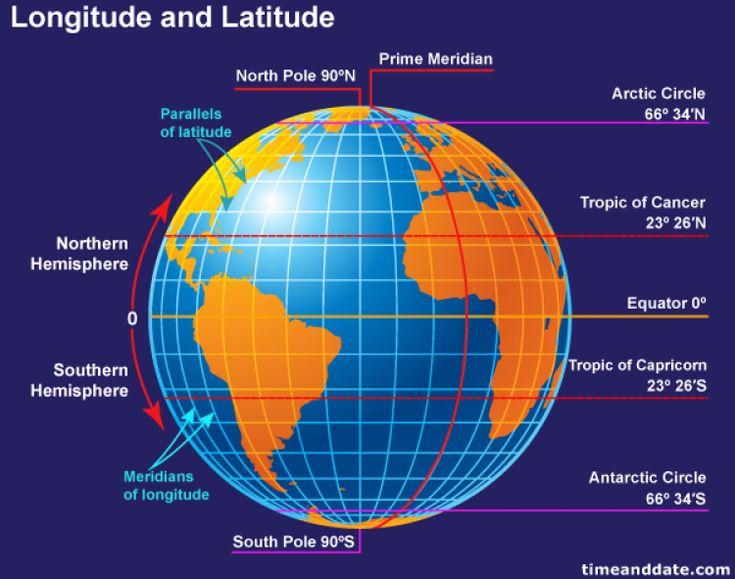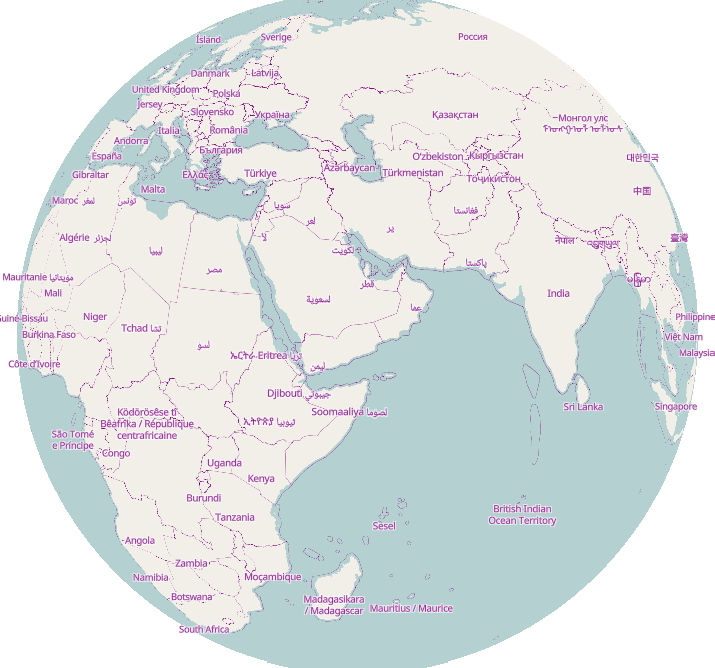A few bike lanes were added in the part of town I live in (yay!) and I’d like to add them.
However, I’ve mostly been using these apps to map things: * everydoor * map complete website * go map !! (rarely)
I cant find any way in map compete to add bike lanes – they added on the street, so effectively making the space for the cars narrower. Is there any simple way of going about and adding these types of lanes?
Thanks!








